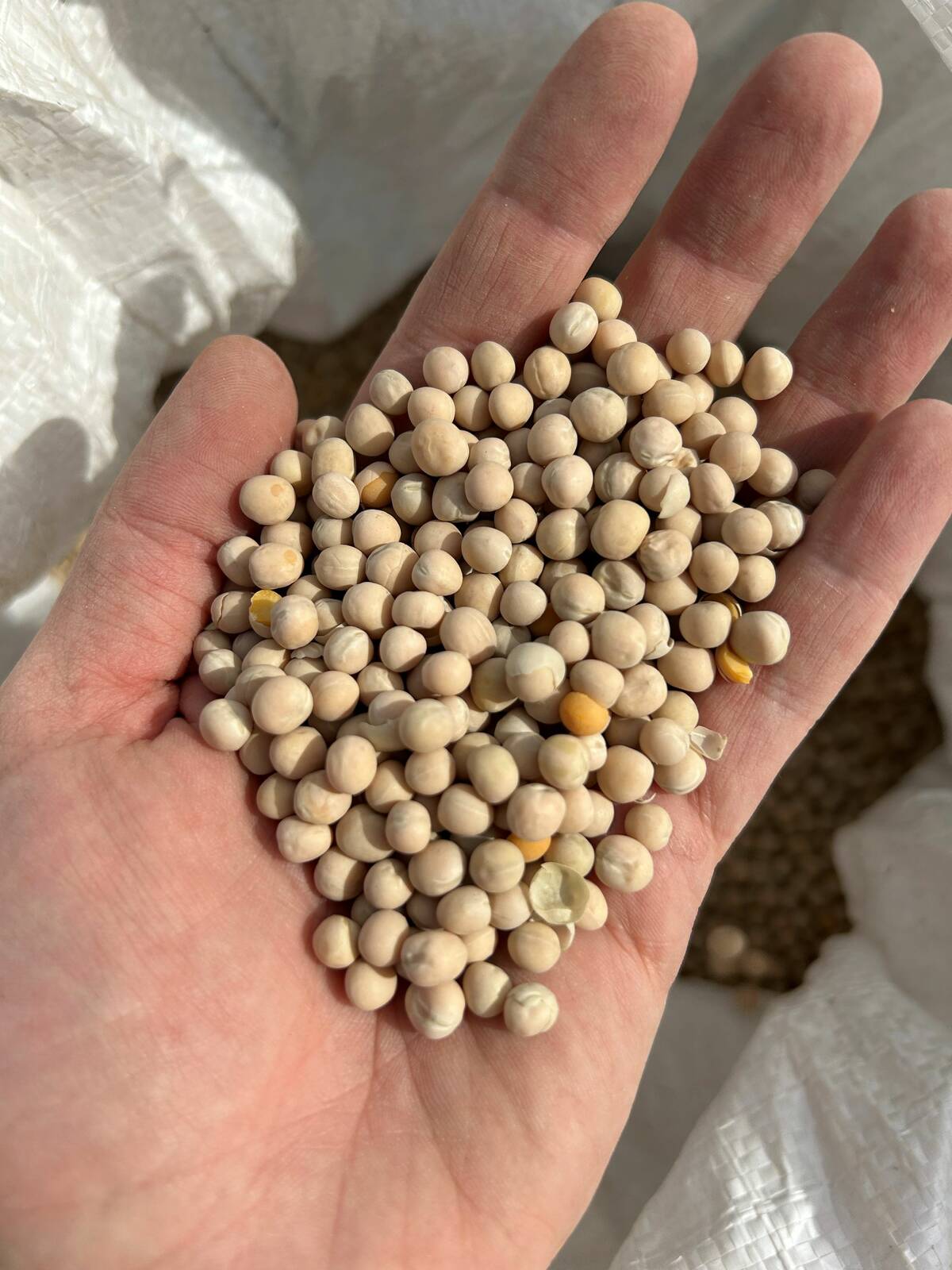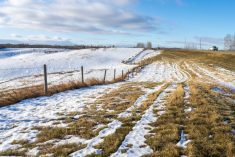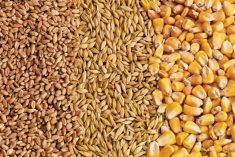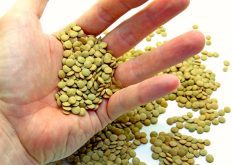CNS Canada — Excess moisture reigns supreme as the main hurdle for Prairie farmers when they look ahead to spring — but some areas are still too dry, according to soil experts.
“A few areas of southern Manitoba have been drying out. The area around Morden has been drier the last couple of months,” said agroclimate specialist Trevor Hadwen of Agriculture and Agri-Food Canada in Regina.
The Morden region, in south-central Manitoba, should be able to handle more runoff in the spring, he added.
Read Also

Pulse Weekly: Tariffs guide yellow peas in 2025
Tariffs were a major influence on Canadian yellow pea prices in 2025, with levies imposed by China and India. The two countries are Canada’s biggest foreign pulse buyers.
A more extreme example of dry regions can be found in the Peace River region of northwestern Alberta. According to Hadwen, it was classified in a drought situation in both the spring and summer.
Fortunately, the region received some rain in mid-October but that hasn’t eliminated its moisture stress. “That area is certainly lower than we’d like,” he said.
Central Alberta could do with more moisture as well, he added. “They weren’t real wet during the summer like other regions of the Prairies, so that’s another area that could use a fair bit of winter precipitation and absorption for the spring.”
Grande Prairie saw dryness typically found every two years out of 10, he noted.
“There were areas that had either record-dry conditions through the summer period or at the one-in-10-year event; there should be a lot of topsoil moisture at this time but reserves are certainly depleted, he said.
As one might expect, Saskatchewan’s southeast corner has been identified as the region where the soil moisture table is the fullest.
“If we have an abnormally high snowfall in that region and we have a quick melt again, there’s likely cause for concern,” said Hadwen.
The length of the southeast border into some of western Manitoba is a concern, he said. The affected area extends up to Yorkton and includes some of Manitoba’s northwestern agricultural areas.
Much of the excess water can be blamed on rainfall that lasted much longer than usual.
“We’re seeing a lot more extended rainfall periods… two- to three-day rain events instead of (typical) five-hour rain events.”
— Dave Sims writes for Commodity News Service Canada, a Winnipeg company specializing in grain and commodity market reporting.














